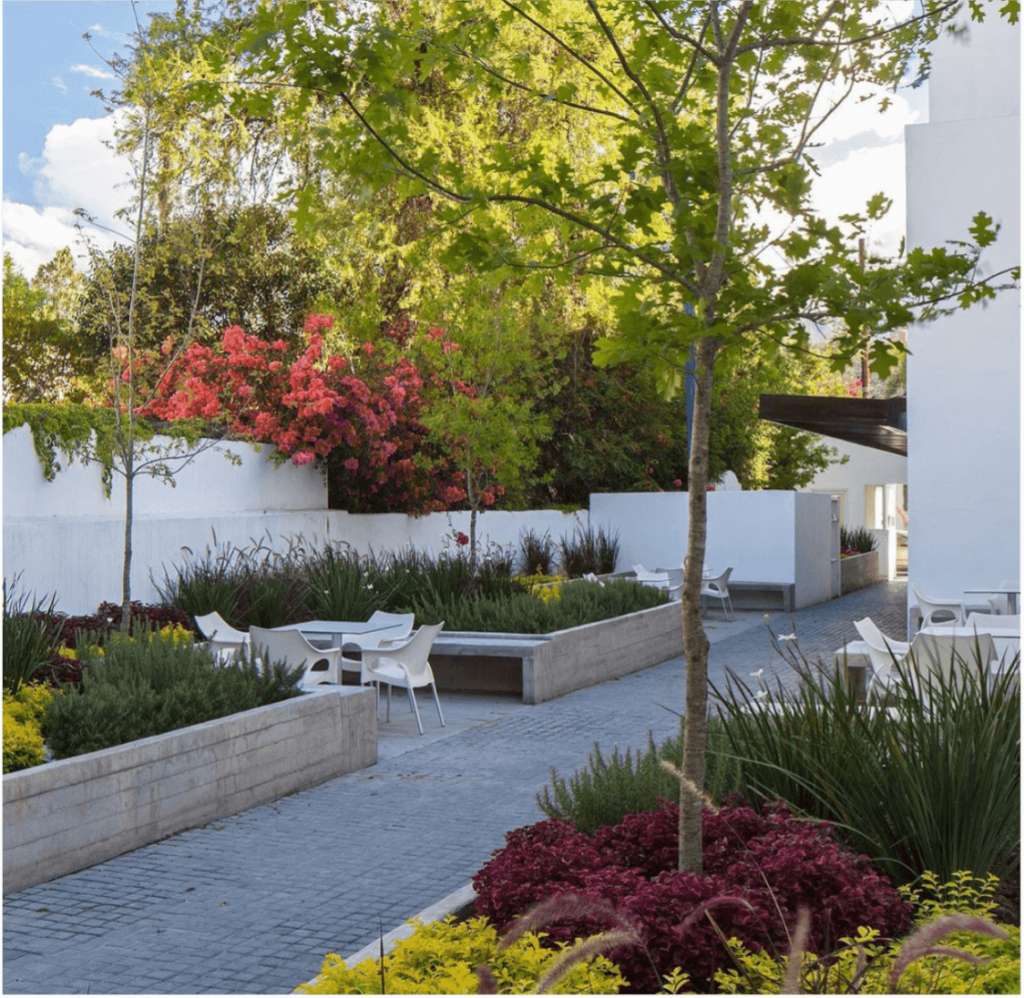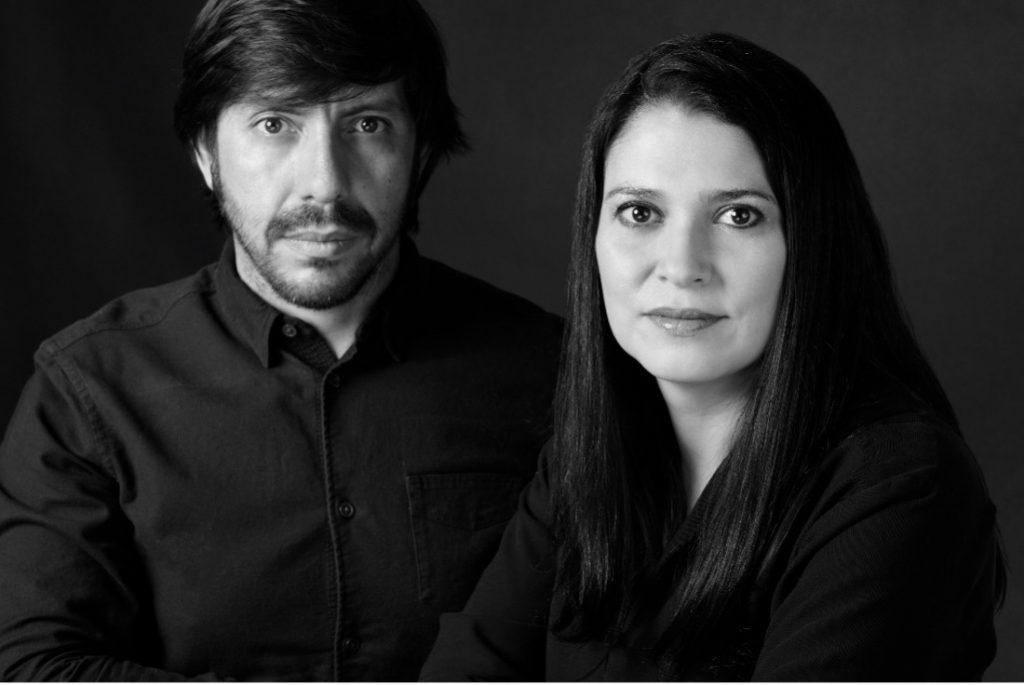
Together, Edna Garza and Darío Camisay make up the Garza Camisay architecture firm. With offices in Mexico and Argentina, this duo of architects has made a name for themselves by working with high-quality and timeless materials, which they integrate into the very design and aesthetic of their works. In 2014, they designed the Casa Brisas, a project in which they incorporated this importance of the material while managing to find a balance between spaces in order to thereby maximise the possibilities of the building site – something they continue to repeat in their work today.
In their other, more current works, we continue to see this importance that the group gives to materials in their works, leaving them exposed and granting them a key role in the aesthetic they communicate, as well as maintaining the importance of space.
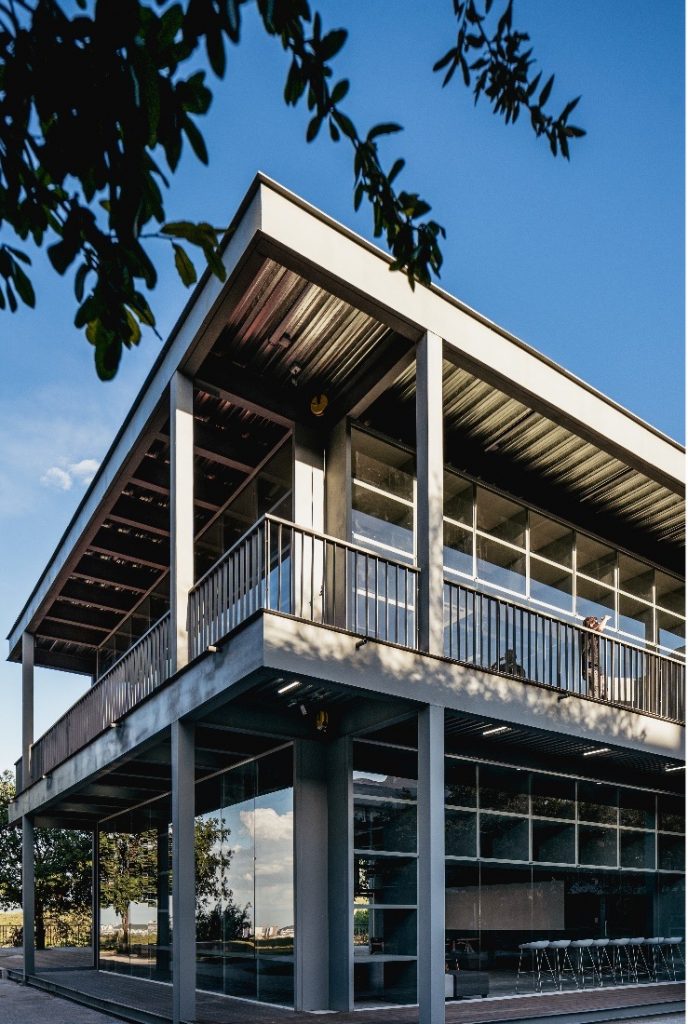
What virtues would you say have brought you to where you are today?
Tenacity, a constant pursuit of learning in order to improve in each project and always putting in maximum effort.
Did you have any role models as you developed as architects? With whom would you like to work on a project?
We have many role models and architects who inspire us with their work. Starting with the masters of the modern movement, like Le Corbusier, Mies van der Rohe, Louis Kahn and Arne Jacobsen. Then, there are the Portuguese Álvaro Siza and Souto de Moura, as well as the Spanish architect Rafael Moneo and our teacher Patxi Mangado. We would love to work with Lacaton & Vassal – we are moved by the principles of their architecture.
What role would you say technology plays in your projects?
Technology plays a very important role in our projects, both when it comes to designing and presenting them, and in the construction phase. We use programs that allow us to develop 3D models that you can walk through and even feel part of. We use this as a design tool and to offer our clients a better understanding of the project’s spaces and materiality. When constructing, we look for materials that have been technologically developed to have the best thermal, durability and acoustic qualities, among others.
What do you think about the application of stone in architectural projects?
We see these as timeless materials that never go out of fashion and which require no maintenance. These are the qualities we look for in our projects.
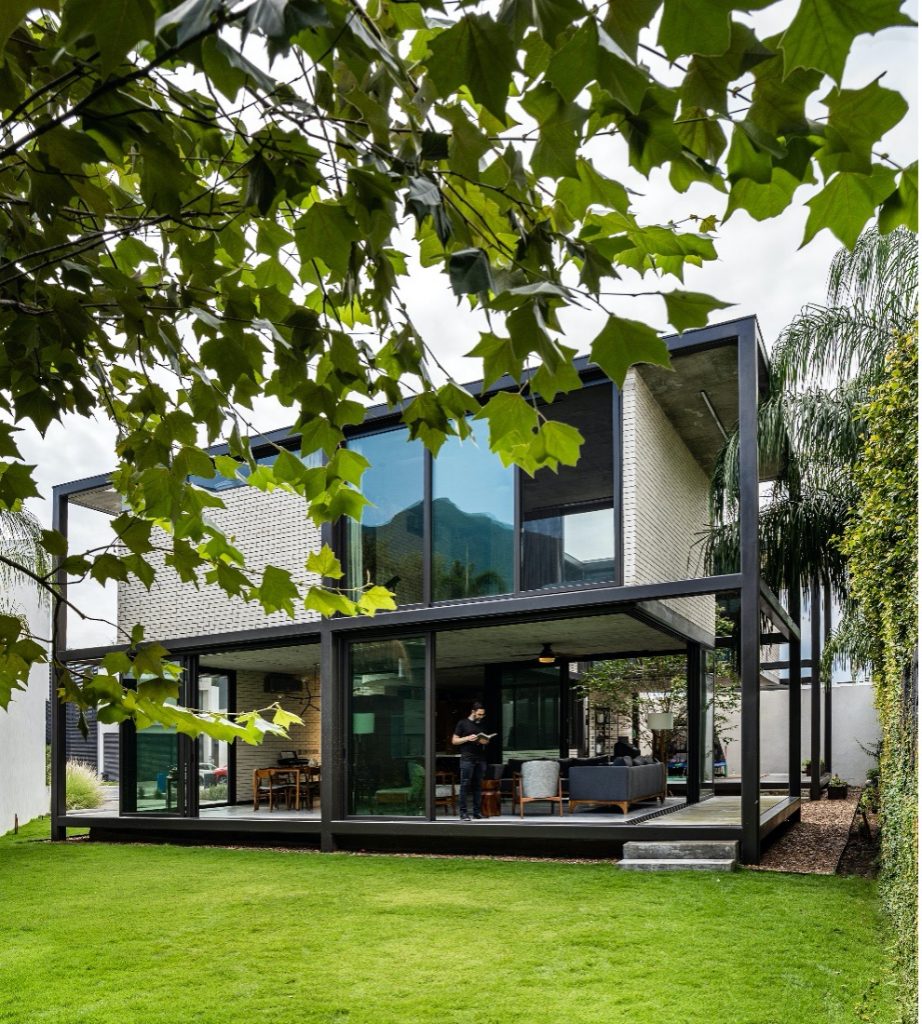
We read that the project you would like to work on but have not yet been able to is a museum – what is it that interests you?
That’s right, we’ve not had the chance to design a museum and it is a project that we would love to be able to take on, given the various interesting issues it represents. For example, the ability to emphasise the importance of natural and artificial lighting, to think of spaces with a specific goal but which can also be flexible for other uses, the various facilities it could host – such as cafés, auditoriums, workshops, bookshops, etc. – and how these can be interrelated, as well as the fact that these are landmarks that must be well-positioned within their environment in order to improve it.
Of all the projects you’ve worked on, which has been the hardest to finish?
The hardest project we’ve worked on was a house we designed in 2010. We were really excited about this project because it was located on a plot with exceptional views and very large trees. Because of its location in the mountains, it was governed by very strict building regulations that led us to design a cantilevered structure in order to touch the ground as little as possible: the structure was really a challenge. We completed the project years ago and construction started recently.
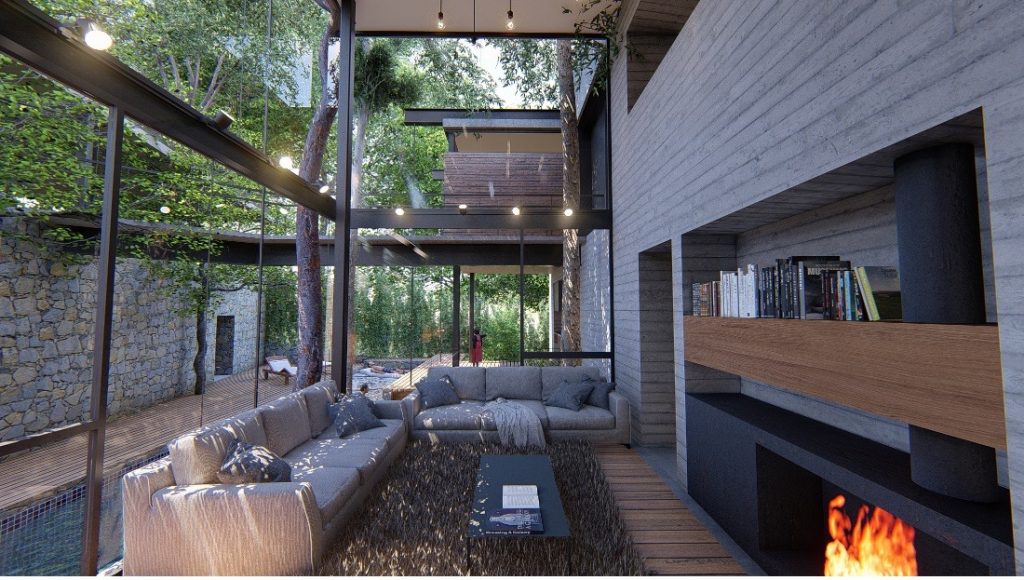
Are you currently working on any projects you can tell us a little about?
We’re working on several different types of projects. Housing, educational and industrial buildings. Each of them excites us and, although they are different, we strive to achieve the same goals in their design. To appropriately respond to the context, to make the most of the special characteristics of each plot, to use timeless materials that need minimal maintenance and to suggest structures relevant to each use.
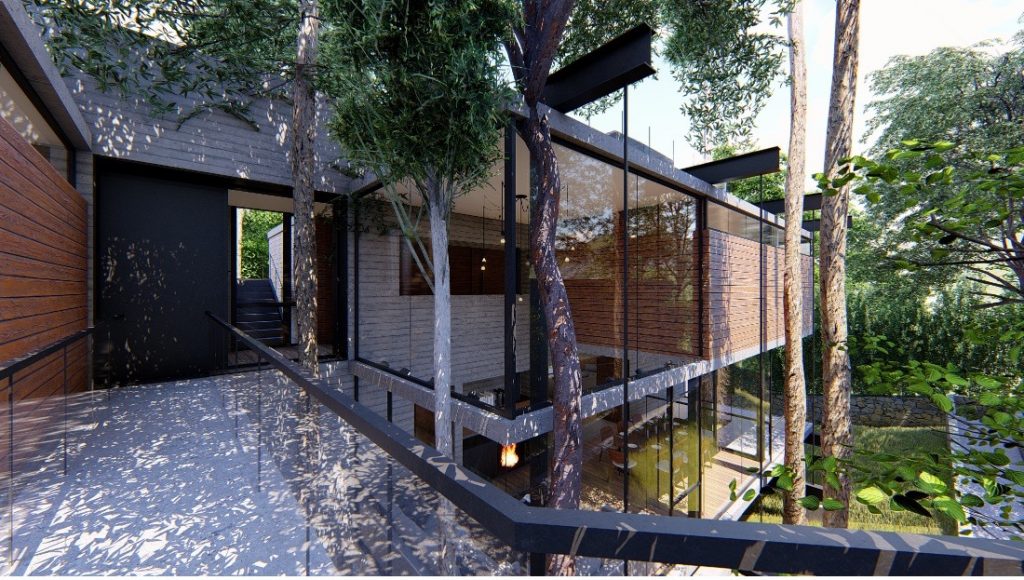
Do you have any pet peeves when it comes to working in a team?
We really like order and try to ensure that our projects have a layout that is consistent with both the structure and the material with which they will be built. We’re obsessed with making sure everything matches.
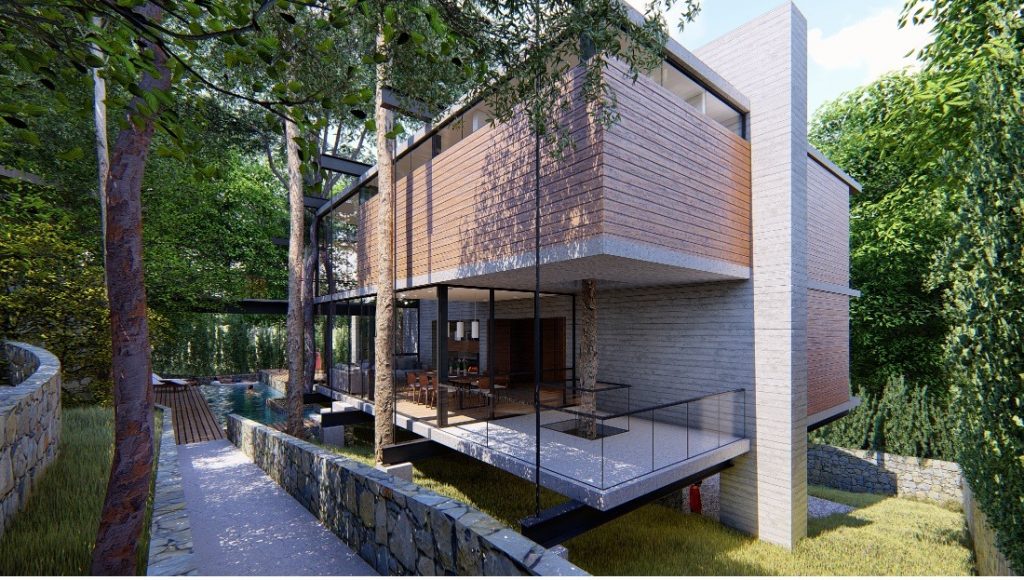
What is your source of inspiration?
We’re inspired by architecture that relates well with its context, that makes the most of virtues of the plot in which it is located, that has a clear structure, that is unpretentious and that can be flexible in its uses.
